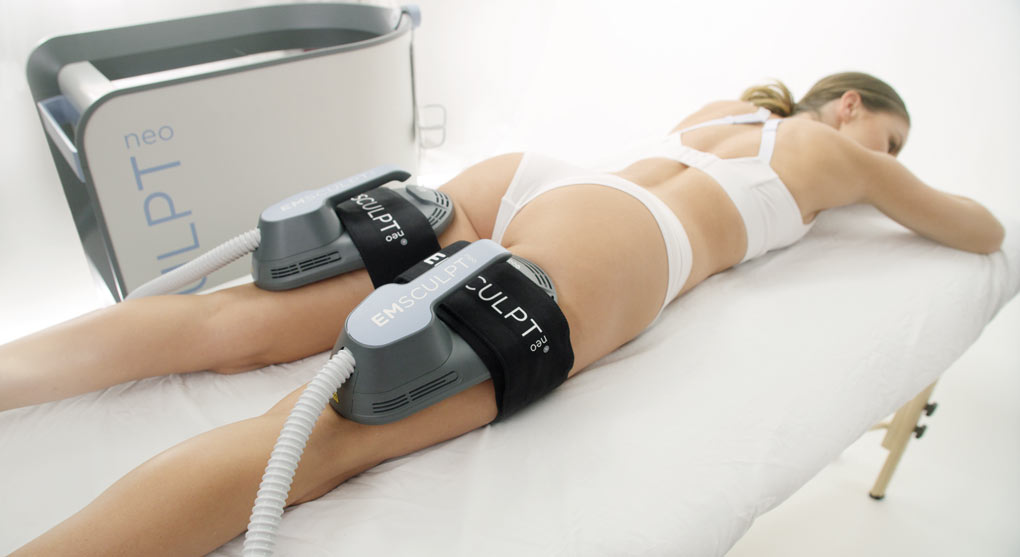The question sounds almost impossible at first: how could one slow down or even improve a disease as relentless as Alzheimer’s without pills, injections, or a miracle cure? Yet, emerging science is beginning to whisper a different story, one that looks not just at the brain’s plaques and tangles but deep into the bloodstream and …
The question sounds almost impossible at first: how could one slow down or even improve a disease as relentless as Alzheimer’s without pills, injections, or a miracle cure? Yet, emerging science is beginning to whisper a different story, one that looks not just at the brain’s plaques and tangles but deep into the bloodstream and mitochondria that fuel every cell.
The Forgotten Side of Alzheimer’s
For decades, Alzheimer’s research has revolved around the amyloid hypothesis, the idea that sticky plaques are the villains behind memory loss. But now, another explanation is rising from the shadows: the vascular-hypometabolism hypothesis.
This theory proposes that the disease begins not with plaques, but with poor blood flow and faltering energy production. The brain, an organ that burns 20% of the body’s energy, gradually starves. Mitochondria, the tiny engines inside neurons, begin to misfire. Energy falters, communication between brain cells weakens, and cognition slowly fades.
It’s not that amyloid doesn’t matter; it’s that it may not be the spark that starts the fire.
When Energy Falters
Certain brain regions, especially the posterior cingulate cortex, are particularly sensitive to energy shortages. Imagine the power grid in a city dimming, and the lights flicker first in the most demanding neighborhoods. That’s what happens here. Memory, focus, and emotion begin to crumble where energy demand is highest.
So, the real question becomes: Can we feed the brain differently? Can we reignite those fading lights?
Innovative Ways to Reignite the Brain
Instead of searching for another pill, researchers are exploring ways to feed energy back into the brain. These five stand out as the most intriguing directions:
- Methylene Blue
- Ketone-Based Nutrition
- Near-Infrared Light Therapy
- Enhanced Cerebral Blood Flow
- Mitochondrial Support
Each of these strategies speaks the same biological language: energy restoration. They work not by dulling symptoms, but by helping brain cells breathe again. When oxygen flows, when mitochondria hum, neurons begin to remember their rhythm.
It’s a quieter, more organic path to healing, one that fuels the mind from within rather than forcing it from without.
The Road Ahead?
The future of Alzheimer’s care may lie in multimodal therapy, combining methylene blue, ketones, and light to restore vitality at multiple levels. It’s a vision of care that focuses on how the brain functions rather than what it looks like under a microscope.
Ongoing studies continue to test this metabolic approach, but optimism is growing. By improving blood flow, supporting mitochondria, and nurturing the brain’s energy systems, we might one day see not only delayed decline but genuine recovery.
A Practical Step Forward
At CorAeon, we believe in measuring brain health before it declines. Through Creyos cognitive testing, every patient aged 65 and older, or anyone noticing “brain fog”, can access early, data-backed insights. Because clarity isn’t found by waiting for symptoms. It’s built by watching the brain’s energy story unfold, one spark at a time.
In the end, maybe improving Alzheimer’s without medication isn’t a fantasy after all. It’s just a matter of feeding the brain differently, through light, fuel, and flow.
The brain doesn’t exist in isolation; it breathes through the body, through every heartbeat and pulse of oxygen. At CorAeon, our Functional Cardiology and IV Therapy programs work to rekindle that hidden energy. We focus on restoring circulation, cellular vitality, and metabolic flow.
It’s not just science, it’s rhythm. Add in personalized nutrition and gentle stress recalibration, and the body begins to remember its own intelligence, piece by piece.








